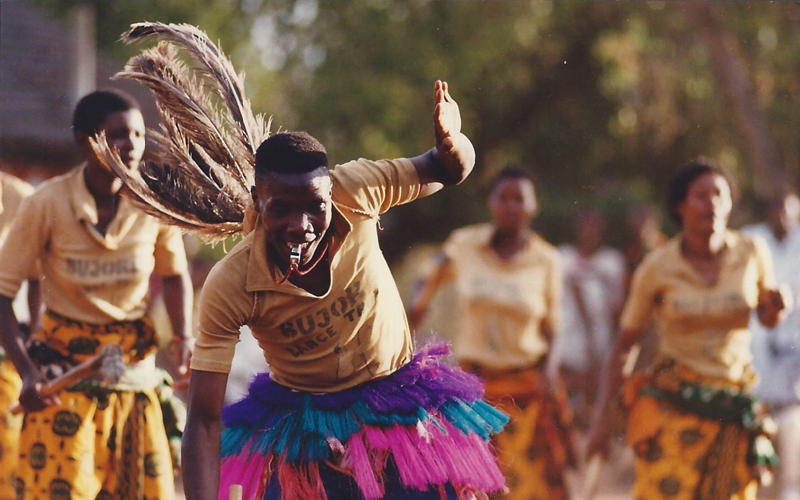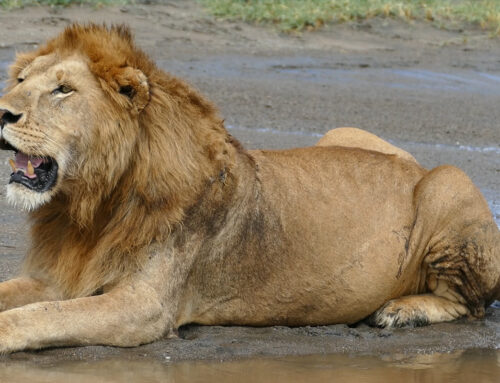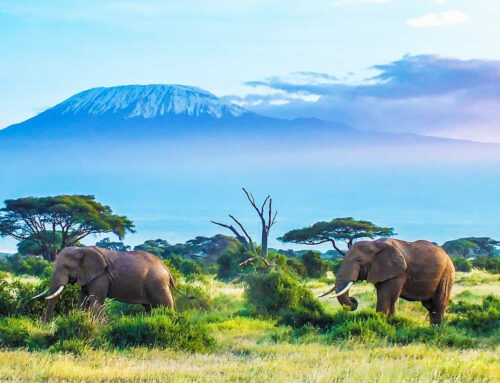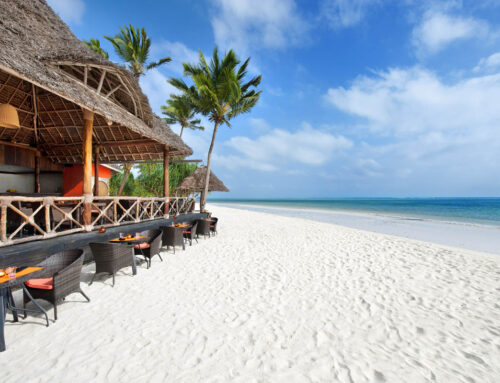Tanzania, a country rich in cultural heritage, offers an immersive experience for those interested in traditional music and dance. With its diverse ethnic groups, each contributing unique sounds and rhythms, Tanzania is a treasure trove for cultural enthusiasts. This article delves into the captivating world of Tanzanian music and dance, showcasing how these art forms reflect the country’s rich history and vibrant traditions.
The Essence of Tanzanian Music
- A Melting Pot of Rhythms: Tanzanian music is a vibrant blend of influences from the many ethnic groups that call the country home. From the rhythmic drumming of the coastal Swahili people to the melodic tunes of the inland tribes, Tanzanian music offers a rich and varied soundscape.
- Traditional Instruments: Traditional Tanzanian music relies heavily on indigenous instruments. The ngoma (drum), Zeze (a type of fiddle), and marimba (a wooden xylophone) are commonly used, each adding a distinctive flavor to the music. These instruments are often handcrafted and play a crucial role in both celebratory and ceremonial occasions.
Popular Tanzanian Music Genres
- Taarab: The Soul of Zanzibar: Originating from Zanzibar, Taarab music is a blend of Swahili, Arabic, Indian, and Western musical styles. It is characterized by its use of string instruments and poetic lyrics that often tell stories of love and life. Taarab music is a staple at weddings and other celebrations on the Swahili coast.
- Bongo Flava: The Sound of Modern Tanzania: Bongo Flava is a contemporary music genre that combines hip-hop, reggae, and traditional Tanzanian sounds. It has gained immense popularity among the youth and serves as a voice for the younger generation, addressing social and political issues through its lyrics.
Traditional Tanzanian Dance Forms
- Ngoma: The Heartbeat of Tanzanian Dance: Ngoma, which means “drum” in Kiswahili, is a traditional dance performed by various ethnic groups in Tanzania. The dance is usually accompanied by drumming and singing, and it plays a vital role in rituals, ceremonies, and celebrations. Each ethnic group has its own style of Ngoma, making it a diverse and dynamic dance form.
- Makonde Dance: Celebrating Life: The Makonde people of southern Tanzania are known for their intricate dances, which often feature acrobatic movements and elaborate costumes. These dances are performed during important life events such as births, marriages, and funerals, reflecting the community’s connection to the cycle of life.
Cultural Significance of Music and Dance
- A Medium for Storytelling: Music and dance in Tanzania are not just forms of entertainment; they are powerful tools for storytelling. Through songs and movements, Tanzanians pass down history, traditions, and values from one generation to the next, ensuring that their cultural heritage remains alive.
- Social Cohesion and Identity: Traditional music and dance foster social cohesion and a sense of identity among Tanzanians. They bring people together, whether it’s during communal work, celebrations, or rituals, reinforcing the bonds within communities and across the nation.
Experiencing Tanzanian Music and Dance as a Visitor
- Cultural Festivals and Events: One of the best ways to experience traditional Tanzanian music and dance is by attending cultural festivals and events. Festivals like the Sauti za Busara in Zanzibar and the Bagamoyo Arts Festival showcase a wide array of performances that highlight the country’s musical diversity.
- Local Performances and Workshops: Many hotels and cultural centers offer traditional music and dance performances for tourists. Additionally, visitors can participate in workshops to learn about the instruments, dances, and songs firsthand, providing a deeper appreciation of Tanzanian culture.
Preserving Tanzanian Music and Dance
- Challenges and Efforts: Despite its rich heritage, traditional Tanzanian music and dance face challenges such as modernization and globalization. Efforts are being made by cultural organizations and the government to preserve these art forms through documentation, education, and promotion.
- Role of Technology: Technology plays a crucial role in preserving and promoting traditional music and dance. Digital recordings, online platforms, and social media are used to archive performances and reach a global audience, ensuring that these cultural treasures are not lost to time.
Traditional Tanzanian music and dance offer a mesmerizing glimpse into the country’s soul. They are more than just art forms; they are expressions of Tanzania’s history, identity, and communal spirit. By experiencing these vibrant traditions, visitors can gain a deeper understanding of Tanzanian culture and contribute to the preservation of these invaluable cultural assets.
FAQs
1. What are some must-see traditional dances in Tanzania?
Ngoma and Makonde dances are must-see traditional performances that showcase the rich cultural diversity of Tanzania.
2. Where can I experience traditional Tanzanian music and dance?
You can experience traditional Tanzanian music and dance at cultural festivals like Sauti za Busara and Bagamoyo Arts Festival, as well as at local performances in hotels and cultural centers.
3. How does traditional Tanzanian music differ from modern genres like Bongo Flava?
Traditional Tanzanian music often features indigenous instruments and is deeply rooted in cultural rituals and storytelling, whereas Bongo Flava is a contemporary genre that blends hip-hop, reggae, and traditional sounds to address modern social issues.
4. Can tourists participate in Tanzanian music and dance workshops?
Yes, many cultural centers and festivals offer workshops where tourists can learn about traditional Tanzanian music and dance.
5. What efforts are being made to preserve traditional Tanzanian music and dance?
Cultural organizations and the government are working to preserve traditional Tanzanian music and dance through documentation, education, and the use of technology to reach a global audience.
For a well-prepared Kilimanjaro adventure, explore the following topics on our page:
- Kilimanjaro National Park
- 10 Days Northern Tanzania Route
- 8 Days Lemosho Route
- 9 Days Northern Circuit Route
Visit our page for detailed information and tips to choose the best route and make the most of your Kilimanjaro climbing experience.







Leave A Comment